Back in the 1980s, the Warsaw-based International Jazz Federation held an annual competition, Jazz Photo International, featuring submissions in an exhibition at Poland’s premier festival, the Jazz Jamboree, and publishing the winning images in Jazz Forum magazine, also based in Warsaw. (The magazine is still alive and well, though now only in Polish: www.jazzforum.com.pl.) On an international scale, this was unique at the time.
At some point during the transition from Cold War to the present, Jazz Photo International fell into the sands of time, and for a while nothing of regularly recurring substance replaced it. We at the JJA emerge from humble beginnings, back in the days when film was still common, though already on the way out. Our first Photo of the Year went to Enid Farber, in 2002.
Since then, JJA’s photo competition has grown by leaps and bounds. The simultaneous advents of digital photography and the Internet have combined to make it all, as befits the music, quite international. This year’s five finalists evince that, and gloriously. While the fact that English is the first language of only two of these colleagues may give them a linguistic advantage in responding to our questionnaire, all of their images speak strongly in that more universal language of the visual.
The variety of the chosen finalists covers plenty of waterfront: two document the intensity of performance, while two others present musicians caught in moments before the gig, and a nicely thought-out portrait rounds out the selection. It is noteworthy that in these days of relatively easy digital color, three of the five finalist images are rendered in my own favorite colors, black and white.
Herewith we are pleased to present some biographical information and comments on their work from this year’s finalists.
— Patrick Hinely
Grand Prix, Jazz Photo International 1984
First Place, 1985
Chair of the Jury, 1986
*
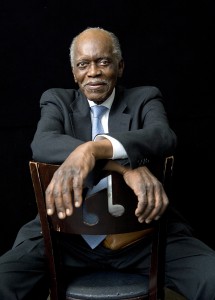 John Abbott
John Abbott
Location: Irvington, New York
I’ve always loved music – jazz, rock & roll, Motown, classical, opera…. It’s a thrill to combine two of my favorite passions: photography and jazz, which I’ve been doing for 25 years (I’ve been a photographer for 30 years and I’m now 50). It’s important for me to make my subjects comfortable. I prefer to photograph musicians in their homes or in their working environments.
I often photograph musicians in my house or in my studio. I primarily use Canon digital cameras. When I shoot film, I prefer my Hassalblad, Mamiya, or 8 x 10 view camera.
My new book, Saxophone Colossus: A Portrait of Sonny Rollins, coauthored with jazz critic Bob Blumenthal, features 100 of my photographs of Sonny from the last 20 years and five essays by Bob about Sonny’s life and music. Abrams will publish and release the book in September 2010 to coincide with Sonny Rollins’s 80th birthday.
Favorite jazz photographers: William Claxton and Herman Leonard.
For more information please visit http://johnabbottphoto.com/.
Photo: Hank Jones backstage at B.B. King’s in New York, March 30, 2009 – celebrating James Moody’s 84th birthday concert. © John Abbott
*
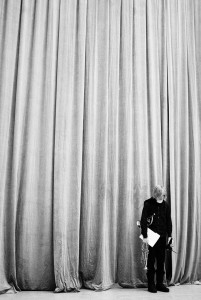 Lena Adasheva
Lena Adasheva
Location: Moscow, Russia
I love to photograph live jazz events, to capture improvisation as it happens. I try to express through my pictures what I feel the listener is experiencing from the music, to catch something special of the personality from the musician, and to transmit the atmosphere of the performance. A few of the jazz musicians I have photographed are McCoy Tyner, Marcus Miller, George Benson, Richard Bona, Bobby McFerrin, Christian Scott, Diana Krall, Tom Harrell, Matthew Shipp, George Coleman, Andy Bey and more.
My favorite jazz photographers are Herman Leonard, William P. Gottlieb, Francis Wolff, Milt Hinton, Gjon Mili and Jimmy Katz. I am influenced by these great artists, but I strive to have an original style of my own.
For more information, visit http://lenaadasheva.blogspot.com.
Photo: Tom Harrell, Moscow International Performance Arts Center (Moscow, Russia), December 26, 2009. © Lena Adasheva
*
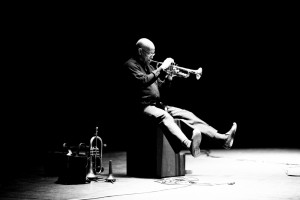 Gulnara Khamatova
Gulnara Khamatova
Location: Moscow, Russia
I live and work in Moscow but I have also worked in New York. I’m 29 and I’ve been involved into photography for 10 years already (in jazz photography for about seven).
I like to do portraits of people, history of certain lives. And it doesn’t matter whether it’s posed photo shoots or reportage. People make their own history every second, and they may show their real aspect in whatever they do. Jazz is very personal music, which is why I’ve chosen this genre. I want to reflect musicians in peoples’ memories not only as people of the stage — rather, I want to show the real jazz world, and I hope it helps the audience to understand this music better.
I have some technical principles in my work. When I take reportage pictures I don’t want to change the reality for the sake of a better picture, even if the situation lets me to do this. All that I want in my pictures is real history without my physical intervention.
I prefer black and white images because to my mind it’s the real jazz color. (In many situations color could save the picture.) And it is very difficult to reflect the music if the picture looks like a Christmas postcard. I don’t want to follow the simplest way.
The jazz photographers I admire most are Larry Fink, Jimmy Katz, William Gottlieb, Herman Leonard and John Abbott.
For more information visit my website: http://daugust.ru/.
Photo: Eddie Henderson, soundcheck before concert, April 2009. © Gulnara Khamatova
*
 Dragan Tasic
Dragan Tasic
Location: Lucerne, Switzerland
I was born in 1962 and I’ve been involved in jazz photography for about 15 years.
My favorite shooting situations are live concerts and just in front of the stage. I use a Canon EOS 1dMk III. The core idea of my working methodology is “looking for the feeling.” The photos represent not only the musicians themselves, but their music as well as their personal feelings. As a former professional Jazz musician, I’ve transferred my passion for music into photography.
For more information, please visit http://www.nga.ch.
Photo: Zim Ngqawana at the Willisau Jazz Festival, August 26, 2009. Originally published by Jazzreview.com. © Dragan Tasic
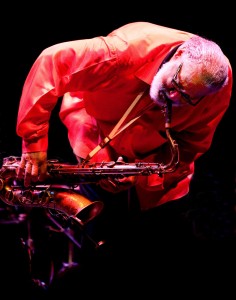 John Watson
John Watson
Location: Lichfield, Staffordshire, England
I’m 63 years old and I’ve been involved in photography for nearly 40 years, now as a freelance music photographer. However, most of my career was spent as a feature writer, picture editor and sub-editor, as well as a reviewer and jazz columnist on the staffs of various newspapers. This year, therefore, marks my 50th year in jazz journalism.
My early photographs were on transparency film, so I could run slide shows to accompany talks I gave to high schools on being a music journalist. The first jazz musician I photographed was Chet Baker.
Favorite shooting situations: soundchecks and rehearsals, which usually allow more freedom and relaxed contact with the performers.
Favorite equipment: Canon D5 MkI and MkII cameras, fitted with Canon L series lenses.
Favorite software: Adobe Lightroom 2.
Working methodology: To establish good personal contact with the artist and venue. Beyond that, it’s a matter of responding quickly to the scene as it unfolds.
Why I do this work: Love of the music, pure and simple. I saw a concert by Louis Armstrong and his All Stars when I was 10 years old, and it changed my life. I began interviewing jazz musicians for my school magazine when I was 14. My photography book, The Power Of Jazz (blurb.com), was published this year.
Favorite jazz photographer: Herman Leonard.
For more information please visit http://www.jazzcamera.co.uk.
Photo: Sonny Rollins digs deep, 2009 London Jazz Festival. Published in 2009 in Jazz Journal and in the 2010 book The Power Of Jazz by John Watson. © John Watson

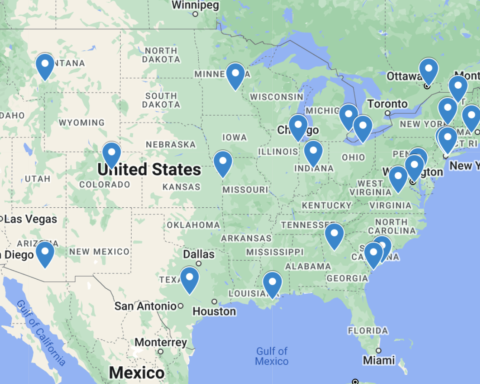
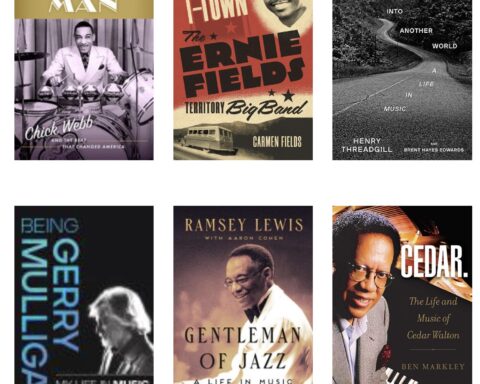
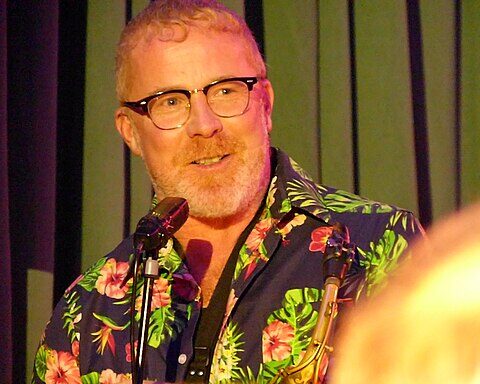
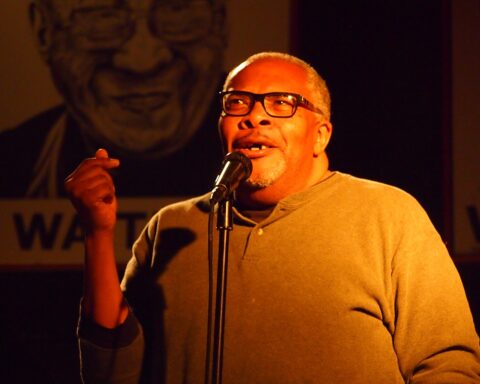
Hello Patrick!
Thanks for that story!
Yes, I remember the time before the wall break down... I sent my pictures photographed in East-Germany to the JazzForum, where some was printed.
I put a link of this article to my vita, to the point:
1988 - first price "International Jazz Photo Competition Warsaw"
I won with my photograph of Woody Shaw, photographed in Leipzig.
Greetings
Detlev
Many times, digital cameras do not have sufficient memory space. It is true that the in-built memory can vary depending on the brand of digital camera. In a few cases, the in-built memory can store just about 15 numbers of pictures. Your kids may get it not enough while going out in a break. For this reason, it would be great, if you could get bigger the default memory space. This can offer your kid flexibility to accumulate a larger number of pictures.
<'http://www.caramoanpackage.com/